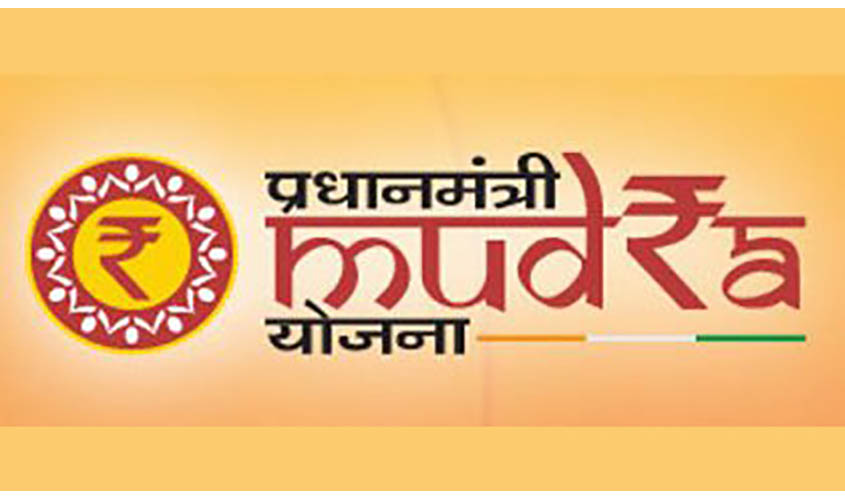Number of micro, small and medium enterprises has increased by 25% this year.
The Pradhan Mantri Mudra Yojana (PMMY) launched by the Narendra Modi government to provide easy loans to non-corporate and non-farm small industries, has started showing results. Due to easy provisions for obtaining loans under the PMMY, the number of Micro, Small and Medium Enterprises (MSME) has increased by 25% this year, according to the 2017-18 report of the Ministry of Micro, Small & Medium Enterprises.
The PMMY is a flagship scheme of the Modi government to “fund the micro enterprises” by bringing them under the formal financial system and extending affordable credit to them. The scheme, launched on 8 April 2015, enables a small borrower to borrow up to Rs 10 lakh from all public sector banks, regional rural banks, cooperative banks, private sector banks, foreign banks, Micro Finance Institutions (MFI) and Non-Banking Financial Companies (NBFC), for non-farm income generating activities.
The borrower can approach any of the lending institutions mentioned above or can apply online. Under the aegis of the PMMY, Mudra has created three categories namely “Shishu”, “Kishore” and “Tarun” to signify the stage of an MSME unit of the beneficiary necessary for sanction of loans.
According to the Ministry of Micro, Small & Medium Enterprises’ annual report for fiscal year 2017-18, the number of total MSMEs across the country which was 4.53 crore in 2016-17 has reached 6.33 crore in 2017-18. Within a year, the number of MSMEs has witnessed a massive 25% increase.
Uttar Pradesh has the largest number of estimated MSMEs with a share of 14.20% of MSMEs in the country. West Bengal comes close to the UP with a share of 14% again. The top 10 states together accounted for a share of 74.05% of the total estimated number of MSMEs in the country, according to the ministry’s report.
With 89.99 lakh MSMEs, UP is in the first position, as per the ministry’s annual report for 2017-18. West Bengal is second in the list with 88.67 lakh MSME units. Besides UP and West Bengal, in terms of state- wise ranking, with 49.48 lakh MSMEs, Tamil Nadu is in the third position, and with 47.78 lakh and 38.34 lakh MSMEs, Maharashtra and Karnataka are on the fourth and fifth positions respectively.
Bihar has shown a record jump in the number of registration of new MSMEs and with 34.46 lakh MSME units, the state is in the sixth position. However, experts have raised concerns that the highest number of MSME registration from Bihar might be due to fake registrations, as prior to 2016, Bihar has never been in the list of top 10 states.
Industry experts say that the easy registration process for establishing a micro enterprise and easy provisions for getting loans under the Mudra scheme are the two main reasons for the rapid increase in MSME units in the country.
Rajive Chawla, chairman of Integrated Association of Micro, Small & Medium Enterprises of India, told The Sunday Guardian: “Introduction of Aadhaar registration for micro enterprises, availability of loans under the PMMY and digitisation of the MSME administration have provided a better environment for growth of the MSME industry in the country.”
“The MSME sector has emerged as a highly vibrant and dynamic sector of the Indian economy in the last five decades. MSMEs not only play a crucial role in providing large employment opportunities at comparatively lower capital cost than large industries, but also help in industrialisation of rural and backward areas, thereby reducing regional imbalances and ensuring more equitable distribution of national income and wealth,” Chawla added.
The MSME sector is the largest job provider in the country, contributing about 8% to GDP and has a share of 45% in the country’s manufacturing output growth.

